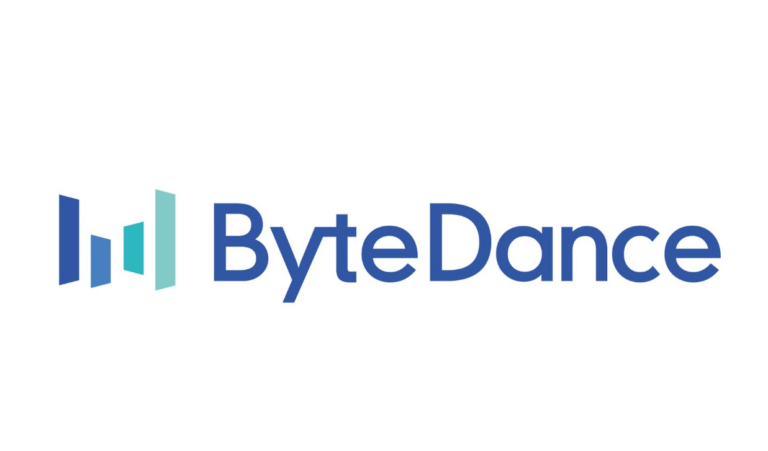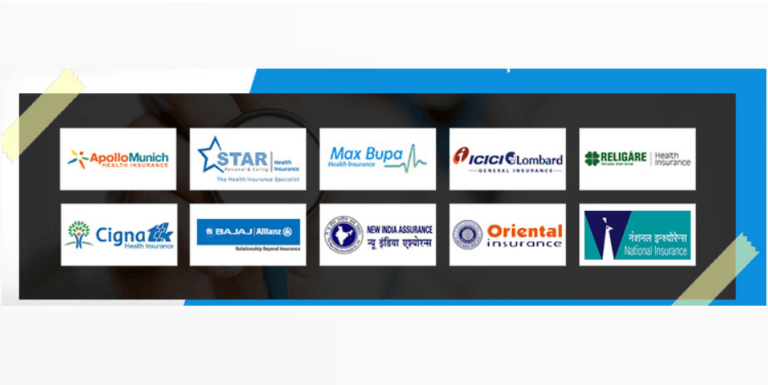Businesses can identify the best tools for managing employees thorough research, assessing their specific needs, seeking recommendations, and trialing software solutions.
In the pursuit of efficient employee management, businesses often seek tools that streamline operations, enhance communication, and foster productivity.
But how do they uncover the best solutions amidst the multitude of options available?
Here are some of the things which businesses need to know about before seeking for the best tools for them.
- Define needs
- Research and compare
- Seek recommendations
- Trial periods and demos
- Scalability and flexibility
- Consider support and training
1. Define Your Needs:
Before diving into the sea of software solutions, businesses must first identify their unique requirements. Whether it’s time tracking, scheduling, performance management, or communication tools, knowing what functionalities are essential streamlines the selection process.
2. Research and Compare:
Once the needs are established, research becomes paramount.
Businesses should explore various software options, comparing features, pricing, user reviews, and compatibility with existing systems.
Online resources, industry publications, and peer recommendations serve as valuable sources of information during this phase.
3. Seek Recommendations:
In the quest for the ideal employee management tool, seeking recommendations from trusted sources can offer invaluable insights.
Consulting with industry peers, attending networking events, or participating in online forums allows businesses to tap into the collective wisdom of professionals who have firsthand experience with different software solutions.
4. Trial Periods and Demos:
While the features listed on a website may seem promising, nothing beats firsthand experience.
Many software providers offer trial periods or demos, allowing businesses to test the functionality, user interface, and overall suitability of the tool before making a commitment.
During this trial phase, it’s essential to involve key stakeholders and gather feedback to inform the decision-making process.
5. Scalability and Flexibility:
As businesses grow and evolve, their employee management needs may change. Therefore, it’s crucial to select tools that are scalable and adaptable to accommodate future expansion and evolving requirements.
Solutions that integrate seamlessly with other business systems ensure a smooth transition as needs evolve over time.
6. Consider Support and Training:
Effective implementation and ongoing support are vital for maximizing the benefits of employee management tools.
Businesses should consider the level of customer support offered by software providers, as well as the availability of training resources to ensure that employees can effectively utilize the chosen tool.
Finding the best tools for managing employees requires a strategic approach that involves defining needs, conducting research, seeking recommendations, trialing software solutions, and considering scalability and support. By following these steps, businesses can confidently select tools that optimize employee management processes, leading to increased efficiency, productivity, and organizational success






